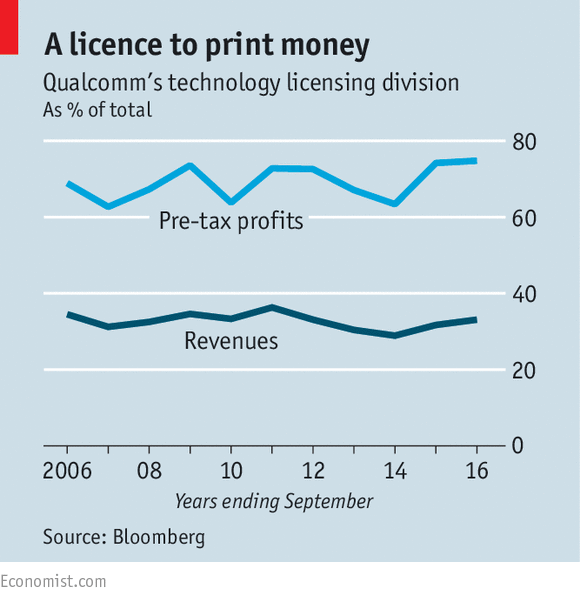This article gives tips to obtaining a patent faster. The process itself is interesting and this article gives more context to the presentation earlier this week.
https://www.entrepreneur.com/article/290429
3 Approaches to Get Your Patent Application Moving Much Faster

The typical patent applicant at the U.S. Patent and Trademark Office (USPTO) can expect to wait, on average, two years or more after filing, before that coveted U.S. patent comes through: USPTO statistics show that applications in the semiconductor field, for example, take an average 23.1 months from filing to issuance; and applications in the computer architecture field take an average 29.5 months.
Related: Before You Crowdfund an Invention, Consider Patent Protection
Such time frames are not ideal, considering that ideas get stolen or copied all the time. However, there are three approaches that savvy applicants can take, to expedite their applications through the agency, and get a U.S. patent in their hands within 12 to 18 months after filing.
It goes without saying that a speed-up like that helps entrepreneurs turbo-charge their patent-portfolio development and score some quick wins — to increase their company’s valuation in preparation of a funding event, perhaps, or to more quickly obtain patent protection for a soon-to-be marketed product.
Here are those three approaches:
1. Pay a premium.
The easiest and most potent way to expedite examination is to use the USPTO’s Prioritized Patent Examination Program (also known as “Track One”). Under the program, an applicant pays an extra fee (ranging from $1,000 to $4,000, depending on the applicant company’s size). That lets the application jump the line and be examined by the USPTO ahead of earlier-filed applications.
The USPTO’s stated goal is to see Track One examinations completed within 12 months, making this route highly appealing for applications in technologies that typically wait a long time to get through the USPTO.
But speed isn’t Track One’s only advantage. In certain technologies, it provides the additional benefit of yielding a higher average allowance rate than does conventional processing. For example, in the computer gaming field, Track One reduces the average pendency (time from filing to issuance) by more than 10 months and increases the average allowance rate by about 18 percent.
Gamblit Gaming and Game Play Network, for instance, have used Track One with impressive results, outperforming the overall gaming sector averages at the USPTO with average pendency times of 14-to-17 months (compared to the gaming sector’s average of 27 months) and allowance rates of more than 90 percent (compared to the gaming sector’s average of 70 percent).
Related: The Craziest Patents by Apple, Facebook, Amazon, Google and More
2: Get face time with the examiner.
Speaking with the USPTO examiner reviewing your patent application can be a simple but effective way to reach the issuance stage faster and more reliably.
While most communications between the USPTO examiner and the applicant occur in writing, the limitations of the written form can be both frustrating and inefficient for the applicant. For example, he or she might want to explain in person some nuanced distinction between the invention and what existed before; and there are times when fluid dialogue is far superior to time-consuming back-and-forth written communications.
Recognizing the inherent limitations of the written form, the USPTO allows applicants to speak directly with the USPTO examiner via telephone, web conference or in-person interviews.
The resulting interviews can prove tremendously helpful because they give the examiner a human face to associate with the application. Examiners are less inclined to make a flimsy or off-the-wall rejection of the application in a face-to-face meeting.
It can also be especially valuable to have the inventor participate in the interview, when, for example, the technology is complex, or there’s a compelling story regarding how the invention was conceived or the problem was solved. Examiners, from their perspective, are usually glad to meet inventors in person, too, since inventor participation signifies the importance of the application as opposed to one that’s run of the mill.
Interviews conducted early in the process can further help prevent misunderstandings that otherwise might result in a longer and more expensive patenting process. For example, using the USPTO’s First Action Interview pilot program, an applicant can request an interview before the examiner makes an initial full evaluation of the application. This gives the applicant the opportunity to influence the examiner’s understanding of the invention right from the start.
3: Hit the highway.
Another way to expedite a patent is to use the USPTO’s Patent Prosecution Highway (PPH) to leverage positive results from an examination that has already been performed by a foreign patent office. Under PPH, the USPTO fast-tracks the examination of U.S. patent applications with claims already allowed by a foreign patent office in a corresponding patent application.
Currently, the foreign patent offices eligible for PPH review are those in Canada, China, Europe, Japan, Korea and the United Kingdom, as well as about 30 others.
While the USPTO still makes its own independent evaluation of the application, the PPH program can yield improved results over conventional processing. For example, in the computer-gaming sector, the PPH program reduces the average pendency to about 18 months, with an increase of the average allowance rate by about 10 percent.
The PPH program can be a particularly effective tool for companies with foreign patenting activities that are looking to take advantage of their successes in foreign patent offices to more quickly obtain the same scope of patent protection in the United States.
Related: Low-Cost Patent Search Options for Inventors on a Budget
Overall, few U.S. patent applicants will ever describe the patenting process as either quick or easy. But by using one or more of these methods, applicants can accelerate the process and increase their likelihood of achieving their patenting goals.


